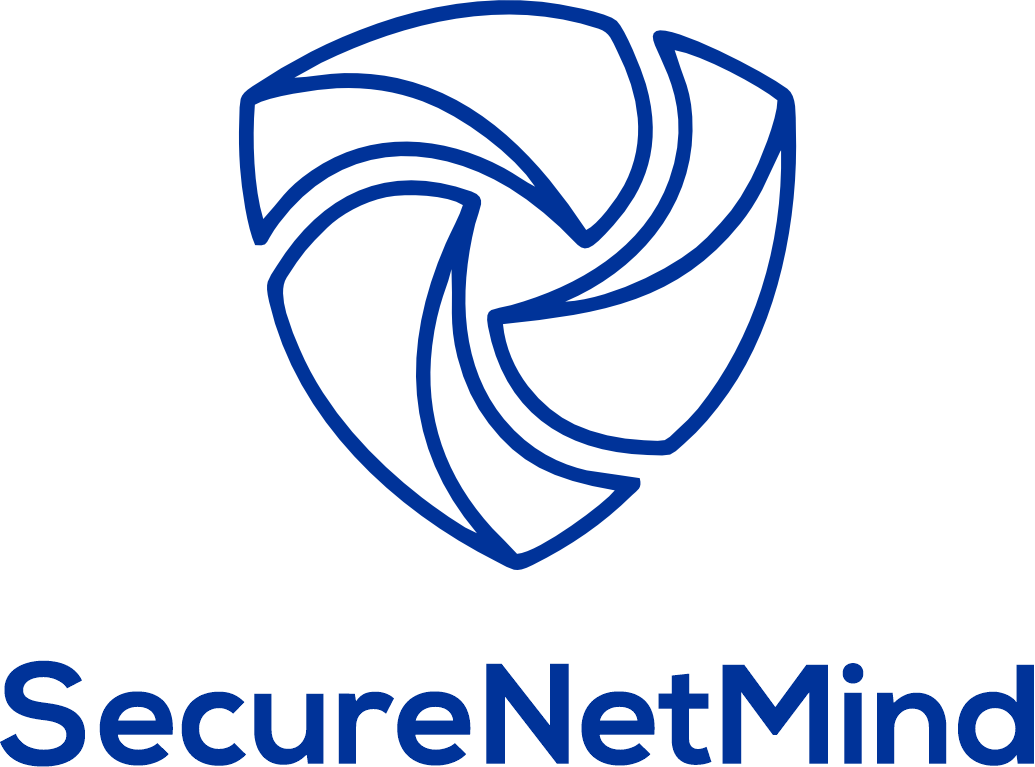Active Directory (AD) is central to managing identities and access in enterprise environments, making it a prime focus for security teams and attackers. Since AD is responsible for authenticating users, providing access to resources, and enforcing policies, any vulnerabilities can open doors to serious security breaches. Understanding these vulnerabilities and implementing strategies to mitigate them is essential for organizations striving to protect their networks.
Here’s a look at ten standard AD attack methods that attackers often use, along with actionable steps organizations can take to enhance security:
1. Kerberoasting
Attackers exploit service accounts in AD to obtain ticket-granting tickets (TGTs), which can then be cracked offline to extract plain text passwords. With these credentials, attackers can gain elevated privileges, allowing them to access sensitive resources.
2. Password Spraying
Instead of attempting numerous passwords on one account (which is easily detected), attackers use a few commonly used passwords across many accounts. This low-and-slow approach helps evade detection but can still yield significant access if weak passwords are used.
3. LLMNR/NBT-NS Poisoning
Attackers exploit the Link-Local Multicast Name Resolution (LLMNR) and NetBIOS Name Service (NBT-NS) protocols to reroute network traffic. By capturing and responding to these requests, attackers can intercept usernames, passwords, and other sensitive data that would otherwise be encrypted.
4. Pass-the-Hash (PTH)
Using tools like Mimikatz, attackers leverage hashed credentials to authenticate without knowing the original password. With the hash, an attacker can impersonate legitimate users and move laterally within the network.
5. Default Credentials
Systems or applications with default, unchanged login credentials create vulnerabilities that attackers readily exploit. Many devices and software come with preset credentials, often public knowledge.
6. Hard-Coded Credentials
Storing credentials in scripts, configuration files, or code can unintentionally grant attackers easy access to privileged accounts. When attackers locate and decrypt these embedded credentials, they can quickly escalate their access within the network.
7. Privilege Escalation
Attackers aim to gain more rights than they initially have. They might take advantage of misconfigurations or unused user accounts with elevated privileges, allowing them to escalate from a standard user role to that of an administrator.
8. LDAP Reconnaissance
Lightweight Directory Access Protocol (LDAP) is frequently used to query AD. Attackers use LDAP queries to gather intelligence on network structure, roles, groups, and permissions, which helps them identify targets for subsequent attacks.
9. BloodHound Reconnaissance
BloodHound is a tool that allows attackers to visualize AD permissions and relationships. By mapping out paths for privilege escalation, attackers can identify and exploit the shortest route to a high-value account or resource.
10. NTDS.dit Extraction
The NTDS.dit file is AD’s database containing user credentials, group memberships, and more. If attackers extract and decrypt this file, they can access all AD credentials, giving them the network keys.
What Can Organizations Do?
With these attack methods in mind, organizations can implement several security practices to fortify AD and reduce the risk of breaches:
- Enforce Strong Password Policies: Regularly update and enforce complex, unique passwords, particularly for privileged accounts.
- Disable Unnecessary Protocols: Protocols like LLMNR and NBT-NS should be turned off if they’re not in use, as they’re commonly exploited in AD attacks.
- Continuous AD Monitoring: Use advanced threat detection tools to monitor AD activities, track login patterns, and flag suspicious behavior promptly.
- Secure Service Accounts: Ensure service accounts are protected by multifactor authentication (MFA) and complex, unique passwords. Restrict permissions to the minimum necessary level.
- Regularly Patch Systems: Outdated systems and software present vulnerabilities that attackers can exploit. Regular patching keeps systems resilient against known vulnerabilities.
Adopting a Proactive Security Posture
Defending against AD attacks goes beyond responding to incidents—it involves anticipating and proactively addressing risks before they’re exploited. By understanding these attack methods and implementing robust security practices, organizations can strengthen their defenses and stay one step ahead of potential threats.










